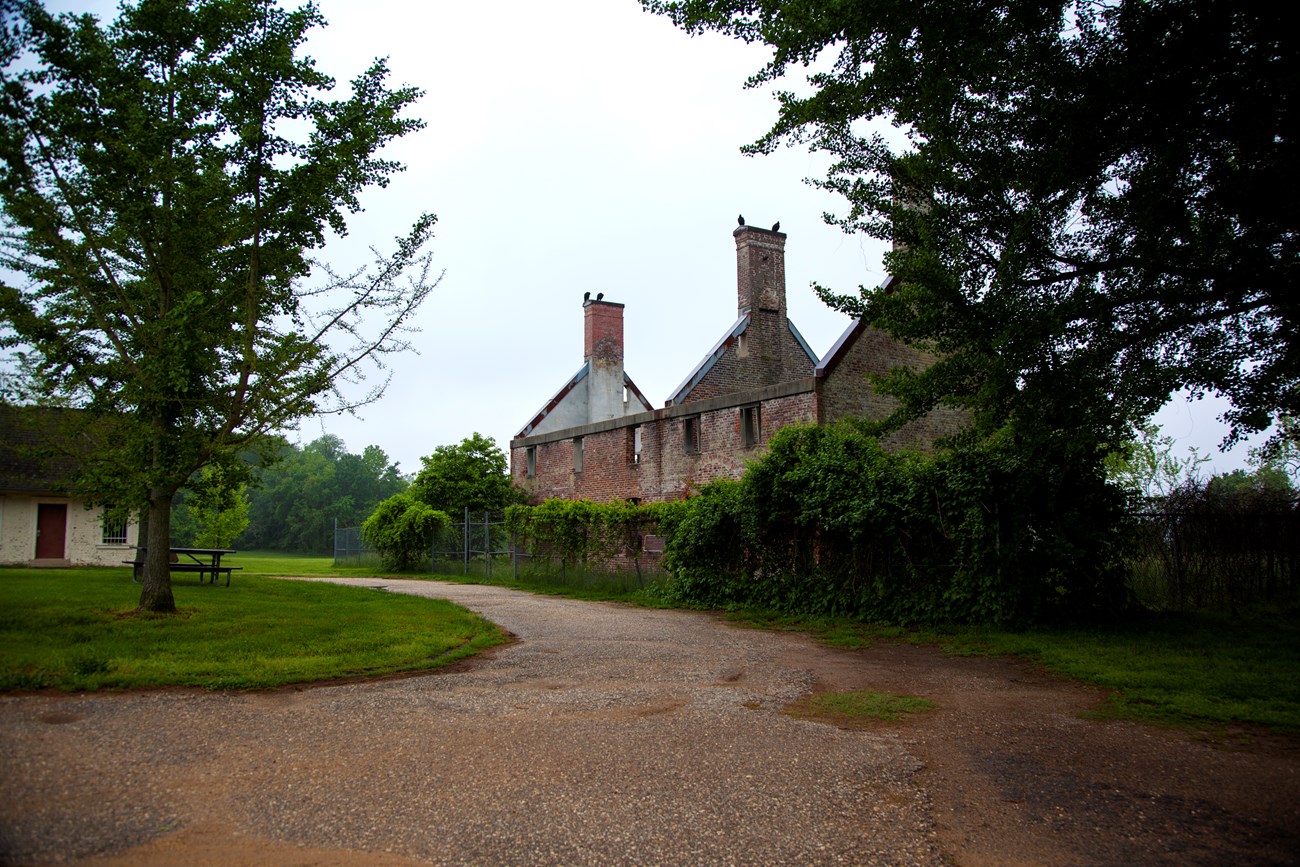
(NPS) Learn about Marshall Hall and some of the artifacts found at the site.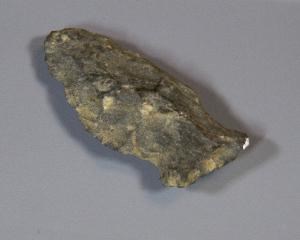
(NPS Photo) The Marshall Hall site was originally two miles down the river from the most important Piscataway town, Moyaone. The Piscataway presence affected the way settlers lived on the Potomac. As social and economic systems shifted, William Marshall came to represent that change. William Marshall was Protestant and came to Maryland from England in 1640. How he arrived is a mystery but it is suggested he came in 1641 and obtained land early in his time there. 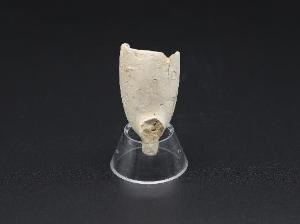
(NPS/Megan Kearns) His son, William Marshall II did little in his life to expand on what his father started. It would be William Marshall’s grandson, Thomas, who would pick up where he left off. Thomas Marshall I is believed to have constructed Marshall Hall around 1725. Surveying errors would lead Thomas Marshall to settle within the tidewater of the Potomac. He named the house built on the land “Mistake.” Marshall had slaves throughout the 1720s due to the rise in demand for tobacco. The growth in slaves at plantations created a community bond that lead to a rise in families. By the end of Marshall’s life Charles County was nearing a half black and half white population. Marshall became a successful plantation owner and merchant until his death in 1759. The house was a symbol of Charles County standards. It was large and few others could compare in style and quality. The Mistake house was the ninth most valuable property in the county according to an assessment in 1758. 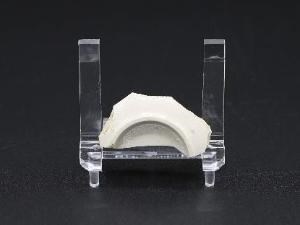
(NPS/Megan Kearns) Thomas Hanson Marshall II inherited the land and maintained the 959-acre land through slave labor. He was the wealthiest planter in Charles County and served as a representative of the county. In the beginning of the American Revolution, he led a militia that resulted in him being comissioned as a captian in 1776. George Washington’s estate, Mount Vernon, is located on the opposite bank of the Potomac River. Washington and Marshall were acquaintances as farmers who occasionally traded or sold crops. George Washington’s slave list from 1799 show that because visitation to other plantations were allowed, Billy Muclus, a bricklayer from Mount Vernon, married one of Marshall II’s female slaves. 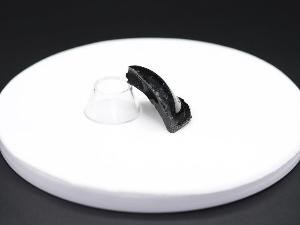
(NPS/Megan Kearns) Dr. Thomas Marshall III was the eldest son and inherited Marshall Hall when his father died in 1801. He had served in the Continental Army during the Revolution and became a physician. He held the rank of senior sergion. By 1818, Maryland began facing issues in their effort for agricultural reform. The land was exhausted and hurt families like the Marshall’s who were dependent on their income from tobacco. There was also a shift in slaves who were being claimed by expanding cotton plantations in the South. It was during this time when the Marshall’s did not enjoy the humor of the name “Mistake” anymore. They were inspired by the Scottish novelist Sir Walter Scott and the feudal romances of his stories to rename Mistake as the present title “Marshall Hall.” 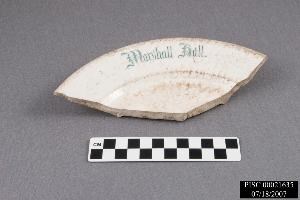
(NPS Photo) Levi Lowell Blake and Joseph Chamber McKibbin became steamboat entrepreneurs in the 1870’s. They gained the rights to transport passengers between Washington D.C and Mount Vernon. They purchased Marshall Hall from John Little. To secure their investment they started the Mount Vernon and Marshall Hall Steamboat Company. They were responsible for establishing Marshall Hall as a common stop for entertainment. They often emphasized the historical experience to the point of creating false facts about the land and the Marshall Family. They hosted plays, battalions, shows, sports, and opened a permanent restaurant on site. By 1896, only Blake was left to operate the company after McKibbin’s death. As time passed, in Blake’s last seven years of his life he lost most of his control and the property was left to run by corporations. 
(NPS/Mike Antonioni) In 1939, the Wilson Line took over the park and began attempting to appeal to adults through gambling. The manager of Marshall Hall, Lorenzo Addison, worked to update the park during the 1950’s by adding modern rollercoaster rides and activities. They also continued the recreational tradition of jousting tournaments. The last owner of Marshall Hall was Maryland entrepreneur Joseph Goldstein. He began facing the social disapproval of gambling and segregation of African American visitors. Goldstein scrambled to keep the park afloat and refused to address its decline. A windstorm in 1977 pushed the park to its end when the main attraction, the rollercoaster, blew over. The park officially closed in 1979. 
(NPS/Emily Storm) |
Last updated: June 29, 2023
